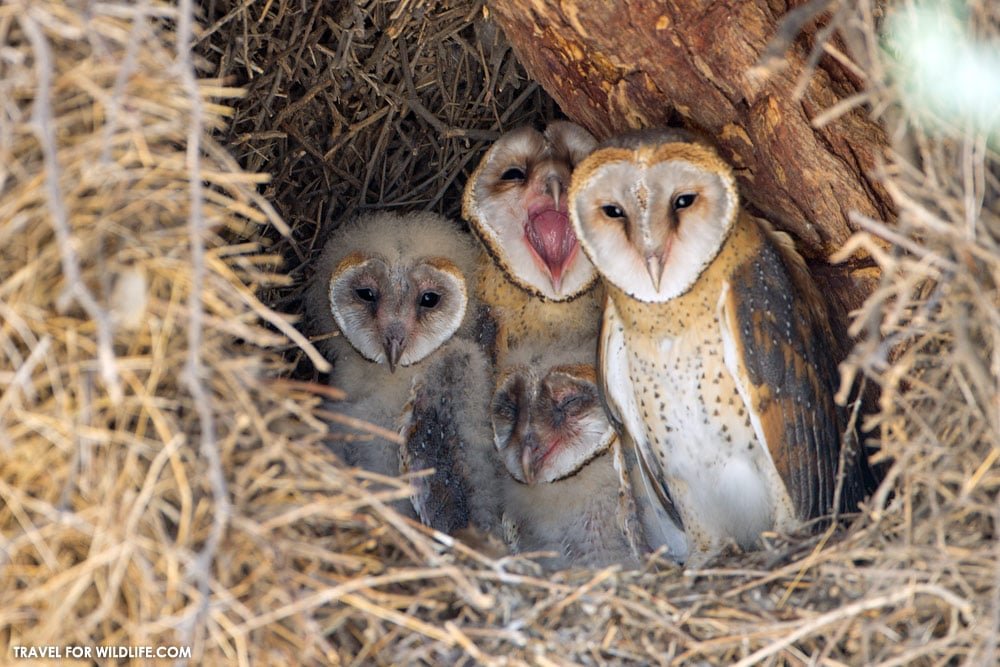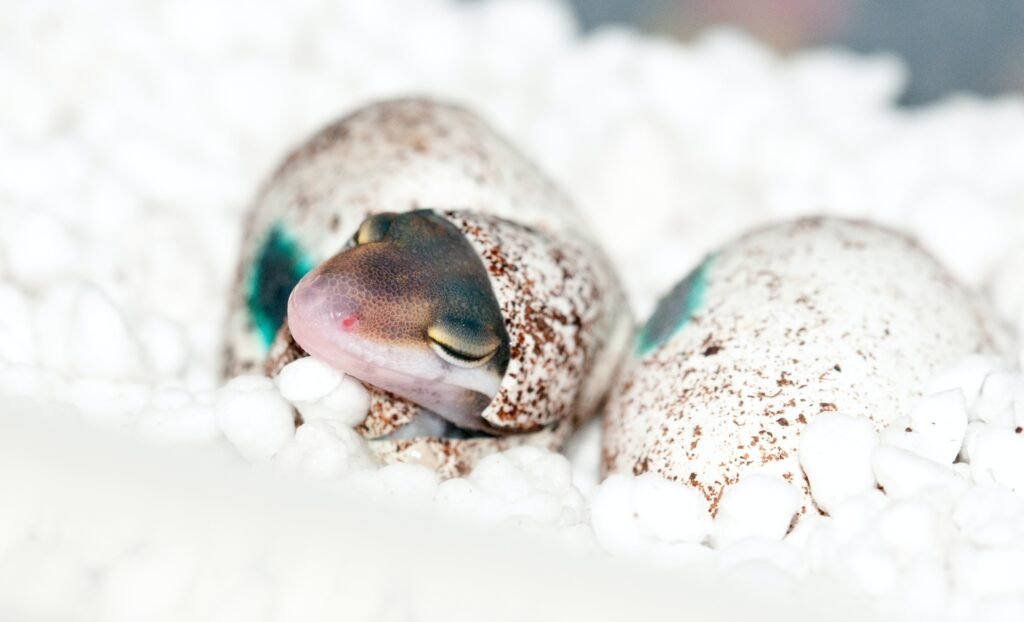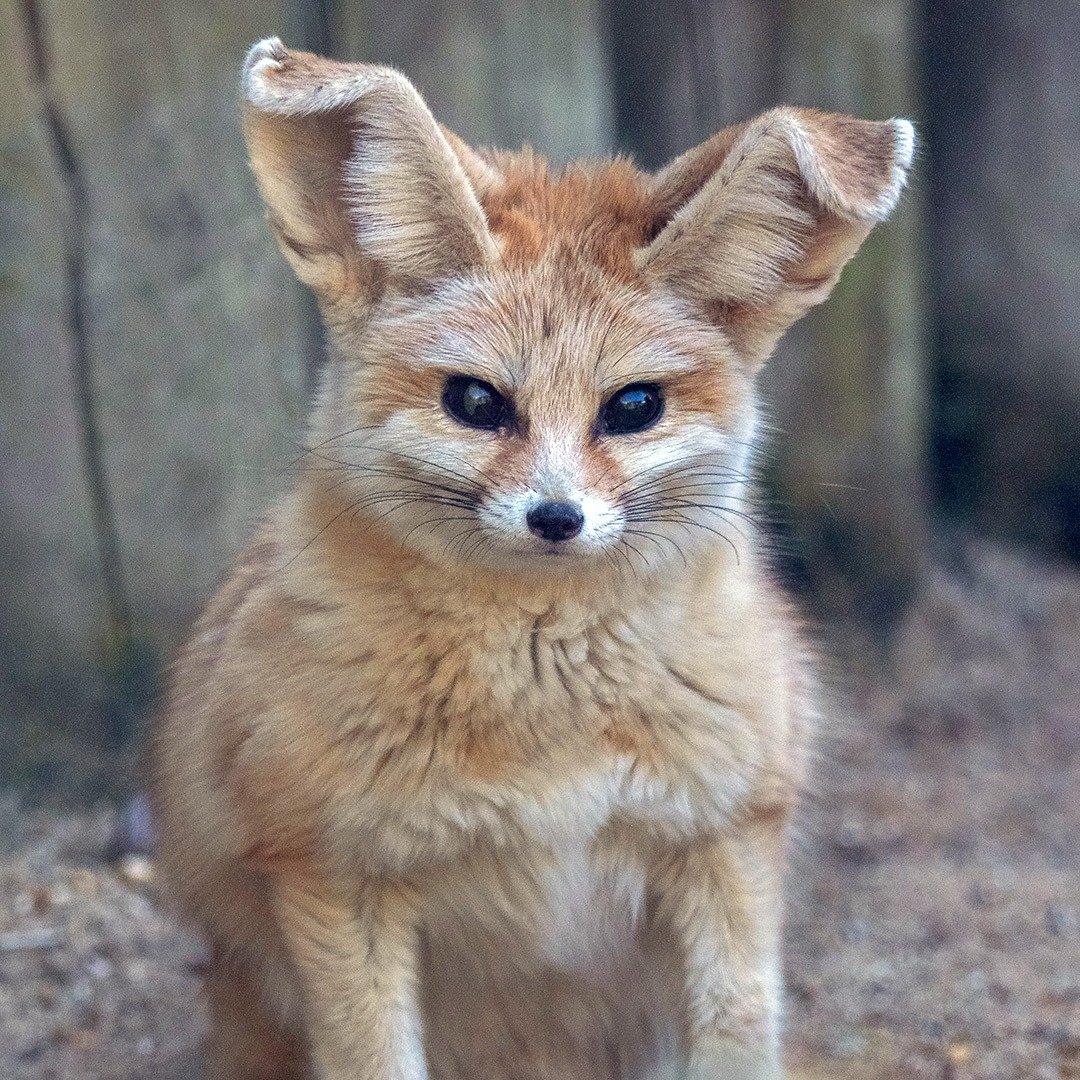
Top 4 Cutest Baby Animals to Visit at Africa Alive!
New life is always thrilling in the animal world, and nowhere is it more exciting than in Africa Alive!, which is home to an enormous array of species. All of their volunteers are passionate about animals, with some people combining their travelling experiences with the chance to view some of South Africa’s famous wildlife up close and personal. The rainy season (November to March) is when many of the species in the region give birth owing to an increase in food and foliage, making it one of the most popular seasons to come and visit. So, today, we’re going to look at the Top 4 cutest baby animals to visit at Africa Alive! during breeding seasons.
1. African Barn Owl

Known for being a subspecies of the barn owl, the African barn owl is one of the most widespread land birds in the world, as well as their babies being some of the cutest baby animals in the world. African barn owls are found in the south of the Sahara desert and live in lightly wooded areas. They usually eat smaller mammals, birds and large insects and swallow them whole. They are not believed to be an endangered species. Barn owls in their infancy are not harmful, although they are quite timid.
They scream for roughly two seconds instead of hooting like other owls. They eat mostly insects and animal pieces that their parents feed them. An owlet is the name for a young owl. This term is also applied to the tiniest of bird species. Barn owls have a 20-year lifetime on average, however they usually survive for 14 years. It’s not pleasant to hear a shrieking owl, it’s a forewarning that you’ll hear that someone has passed away. Barn owls are approximately the size of tiny cats, although they only weigh a pound. They have great night vision for catching prey. Screaming aside, these cute birds only get cuter as they get older, and so we had to include them in our top 4 cutest animal pick.
Size: 29 – 44cm
Weight: 180 – 220g
2. South African Shelduck

These adorably puffy creatures slid into the top 4 cutest animals list due to its tempermant, socialbility and due to how cute the babies are! They are part of the ‘Tadorna’ family which is made up of 7 species. It is very easy to tell the male and the females apart; the males have a grey head while the females have a white head. South African Shelducks mostly eat seeds, algae and grass, however, sometimes they feed on insect larvae. They are not believed to be an endangered species however, they could be under threat from the number of people doing water sports.
Size: 61- 66cm
Weight: 0.7g – 2.2kg
3. African Fat-Tailed Gecko

Fat-tailed geckos are not like other geckos in that they can blink and do not have sticky pads on their feet. The Africa Alive! geckos may be seen in the Discovery Centre; there are two names ‘Falkor’ and ‘Saphria.’ Geckos can be found hiding behind stones, in burrows, or in termite mounds in West African savannahs. They consume a variety of insets and store fat in their tails as a source of energy when food is scarce (this is how they got their name).
When her eggs are ready, a gecko places them in leaves and bark. Hatchlings are infants who have just emerged. Some lizard hatchlings are colossal in size. For example, leopard gecko hatchlings can grow to be 3 to 4 inches (8 to 10 cm) long. Baby Gekos are undeniably adorable and that is why we simply could not NOT include them in our top 4 cutest baby animals in Africa!
Size: Around 20cm in length
Weight: up to 90g
4. African Pygmy Hedgehog

There are 16 species of hedgehog found all over Europe, Africa and Asia. The African Pygmy Hedgehog is well known for its prickles, which are actually hollow. The hedgehog at Africa Alive! is called ‘Mwiba’ which translates to spiky in Swahili. This hedgehog is a domesticated breed and can be found in savannah habitats or semi-deserts. African Pygmy Hedgehogs mainly feed on spiders and insects.
Hedgehogs are solitary creatures which only interact with one another during breeding season. Then they’ll form a partner for a raucous courtship. To prevent getting punctured during mating, a hedgehog male needs the female’s entire participation.
It can take several hours of circling each other for them to become extremely loud, snuffling, laughing, and squeaking at each other. Sparring may ensue if another male appears, and this is even louder. Males will headbutt, mouth, and even wrestle like cats, although damage is rare. The mating itself is delicate, with the female remaining motionless and the male gently mounting atop. During breeding season, both men and females may have many partners. The female is generally pregnant for 4 weeks and produces a litter of 4 or 5 offspring. Hedgehog hoglets are born with their quills just below the surface of their skin to avoid injuring their mother. The young hedgehog’s spines break through the skin within an hour or two of birth, and they harden and become very sharp within a day or so. Hedgehog babies spend around five weeks with their moms before venturing out on their own.
Size: Weight 300 – 500g
Africa Alive! holds on the day experiences where you get to feed some of the animals, be a zookeeper for the day and so much more.

